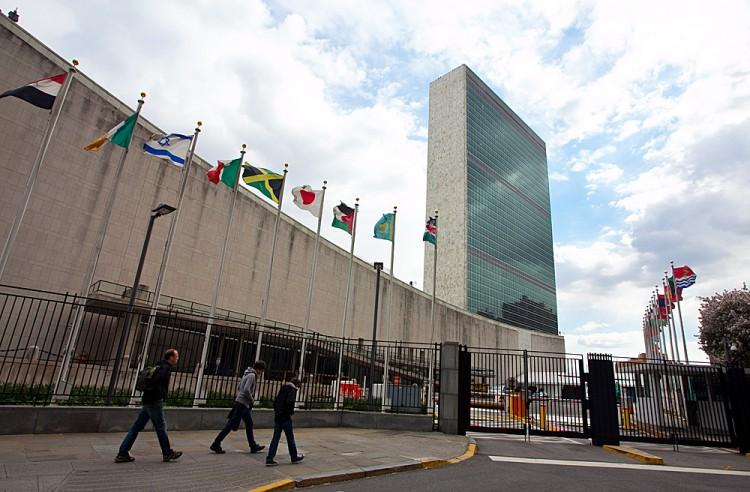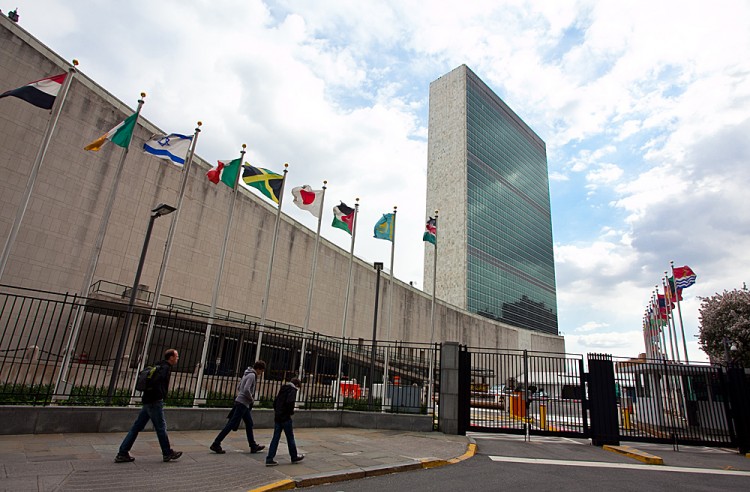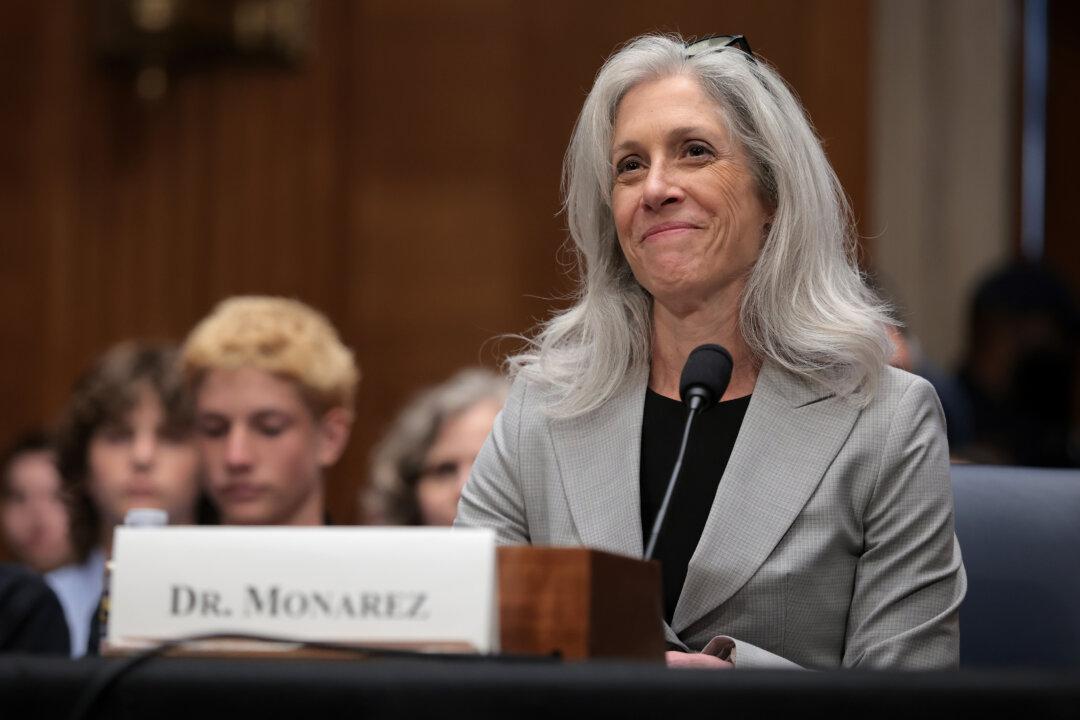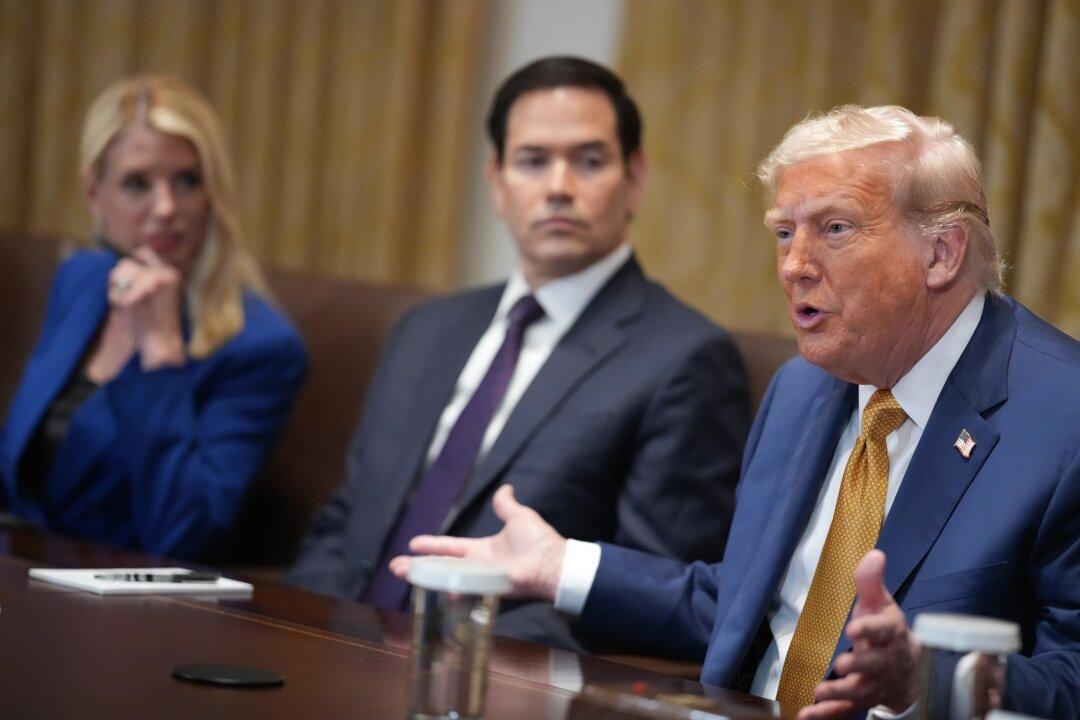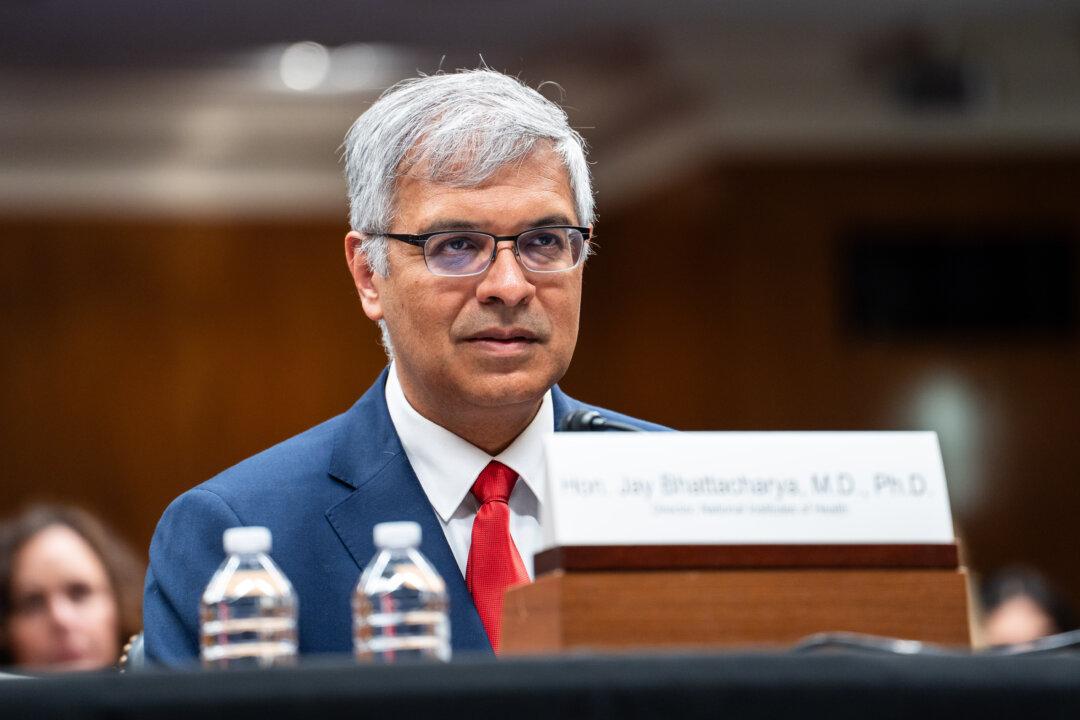NEW YORK—The end is in sight for the East River Esplanade and the complex United Nations land exchange that the esplanade hinges on.
The exchange has the United Nations selling One and Two UN Plaza and consolidating those and other offices into a new billion-dollar building, which will be built on the western portion of Robert Moses playground after the city gives it to the United Nations.
One key reason the United Nations would want to build on Robert Moses is a planned underground tunnel connecting their existing riverside building to the new building.
Before construction begins, the city and state must officially turn Astor Levy Place into a park.
New Yorkers are expected to benefit from the new building since the city will get money to develop the East River waterfront from 38th Street up to the Queensboro Bridge. All funds—$193 million to $213 million— for the new one-mile esplanade will come from the United Nations.
The first $3 million in UN funds went into the EGAP (East River Gap) fund in December as reimbursement to the city for planning the esplanade and walkway. The next $70 million will come from proceeds from $1.1 billion to $1.2 billion in bonds issued if the Uniform Land Review Use Process (ULRUP) goes through for the new UN building.
The United Nations Development Corporation (UNDC) hopes to begin construction on the consolidation building by the end of 2013, before the mayor leaves office, and have it ready for occupancy around three years laer, according to minutes from a March UNDC meeting.
Then, the sale of the two office buildings, expected to garner $120 million to $150 million, will cap off the development funds.
Since all this can become quite complex, an EGAP board of politicians has been created, including state Sen. Liz Krueger, Assemblyman Brian Kavanagh, and Councilman Dan Garodnick.


